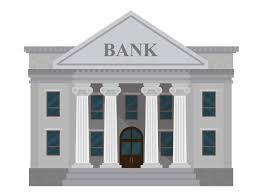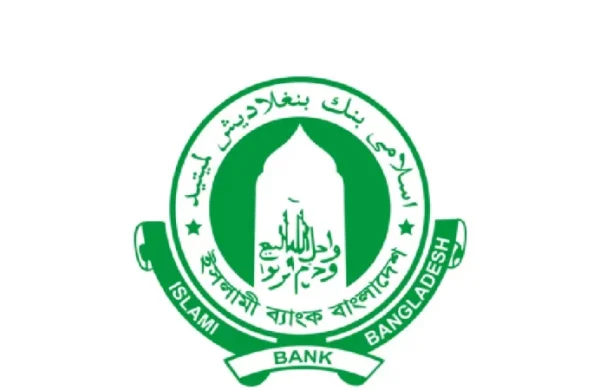Govt to set up Debt Office as loan burden to hit Tk29 lakh cr by FY28
- Update Time : Thursday, June 12, 2025

Staff Correspondent:
Bangladesh’s total debt remains sustainable, but keeps rising both in figures and as a percentage of gross domestic product (GDP), requiring the government to plan for an integrated debt office to keep the ratio within safe limits and to thwart the risk of external shocks and fiscal pressures.
The “Medium-Term Macroeconomic Policy Statement (MTMPS) FY26 to FY28” by the Finance Division projects that total debt will rise to 37.72% of GDP by the end of FY28, up from 37.41% in the revised FY25 budget.
According to this report, placed along with the new budget documents on 2 June, Bangladesh remains at a low risk of external and overall debt distress as indicators stay below the baseline threshold as suggested in the IMF-World Bank’s Debt Sustainability Analysis report.
But rising external debt stock and principal and interest payment of it against export may create vulnerability in the external debt position and may affect external debt sustainability in the coming years, it says, suggesting proactive debt management and revenue reforms for resilience.
“For improving debt management and minimising financing risks, an integrated debt office may be established within the Finance Division,” the report added.
Bangladesh’s debt burden is swelling – quietly but steadily – at a pace the economy struggles to keep up with, bringing with it a host of economic and fiscal challenges, such as higher interest payments, budgetary pressure, borrowing needs, and the urgent need for debt management.
By the end of the current fiscal year (FY25), the country’s total debt stock will hit Tk21.12 lakh crore. In the next three years, it will rise to Tk28.94 lakh crore – an increase of Tk7.82 lakh crore, nearly equivalent to the entire proposed national budget for the upcoming FY26, according to the Finance Division report.
The amount includes Tk40,269 crore as foreign loan, including Tk25,028 crore as interest earmarked for FY28, making up for gross external loan-to-GDP ratio of 14.97%, down from 16% in the revised FY25 budget.
Out of the nearly Tk8 lakh crore increase in debt, about Tk5 lakh crore will come from borrowing inside the country, and Tk3 lakh crore will come from outside, says the report.
Without robust reforms in revenue mobilisation, export diversification, and debt management, the debt burden and associated risks could increase, the report warns.
The increasing debt load will also drive up interest payments. According to the report, interest expenditure is set to rise from Tk1,21,500 crore in the current fiscal year to Tk1,52,500 crore by FY28 – a Tk31,000 crore increase over three years.
The report also states that, as government spending increases without a commensurate rise in revenue, the financing gap is expected to be met through additional borrowing; consequently debt level will rise. Addressing the challenges of low revenue mobilisation and rising debt servicing costs will be crucial for maintaining a stable and growing economy.
The MTMPS plans cautious borrowing and effective debt management to keep the debt ratio stable at around 37% of GDP and raise revenue growth to 10.4% in the next three fiscal years.
Zahid Hussain, former lead economist of the World Bank’s Dhaka office, highlighted the need for an integrated debt office, citing the current scattered state of the government’s debt information.
“The Economic Relations Division’s foreign aid budget and accounts department handles foreign loan accounting, while the Bangladesh Bank manages domestic debt by trading instruments. A wing of the finance ministry collects and analyses this data. However, it is difficult to reconcile the statistics provided by different government agencies,” he said.
“There is a need to establish an integrated debt office to manage debt effectively,” he added.
The MTMPS prepared by the Finance Division’s Macroeconomics Wing says, “Bangladesh’s debt remains sustainable but faces risks from external shocks and fiscal pressures. Rising external debt stock and principal and interest payment of it against export may create vulnerability in the external debt position and may affect external debt sustainability in the coming years. Proactive debt management and revenue reforms are critical for resilience.”
It mentioned that after LDC graduation, Bangladesh will need to rely more on commercial loans with higher interest rates and shorter repayment periods, increasing its debt servicing costs.
PRINCIPAL AND INTEREST REPAYMENT OBLIGATIONS
Repayment obligations are set to rise further in the coming years due to factors such as loan maturities, currency depreciation, and the expiry of grace periods on certain loans.
According to the Finance Division data, at the end of FY24, the government paid back $2.02 billion in principal repayment for external debt, and this amount is expected to rise to $2.61 billion at the end of FY25 and $3.34 billion at the end of FY28.
Interest payments on both domestic and external loans are expected to rise from Tk1,14,700 crore in FY24 to Tk1,52,500 crore in FY28.
Domestic interest payments, which make up the bulk of total interest expenditure, are projected to increase from Tk99,600 crore to Tk1,25,400 crore over the same period.
External interest payments, though a smaller share of the total, are expected to grow sharply, from Tk15,100 crore in FY24 to Tk27,100 crore in FY28. Consequently, the share of external interest payments in the total budget is set to rise from 2.47% to 2.76%, indicating a growing fiscal impact of external debt.
DEBT RISKS RISE AMID POOR TAX REVENUE GROWTH
According to the Finance Division, Bangladesh’s budget remains smaller than those of neighbouring countries like India, Nepal, and Pakistan due to its persistently low revenue collection.
With the revenue-to-GDP ratio stuck around 8% for many years, the government has little choice but to maintain low public expenditure, posing a major structural constraint on fiscal expansion.
Despite various reform efforts, Bangladesh continues to lag behind comparable economies in mobilising domestic revenue. From FY13 to FY24, the country recorded an average revenue buoyancy of just 0.83, indicating that tax revenue growth has consistently fallen behind GDP growth.
Speaking about debt risks, Zahid Hussain said that if loans from domestic sources are not used to boost revenue collection, the burden of such debt can shift from manageable to distressing over time. Similarly, if foreign loans do not contribute to increasing exports and foreign currency earnings, they too can pose significant risks.
To mitigate debt risks, he stressed the need for proper utilisation of loans to enhance domestic revenue and boost exports. Otherwise, he warned, debt mismanagement could threaten the country’s overall macroeconomic stability.


















